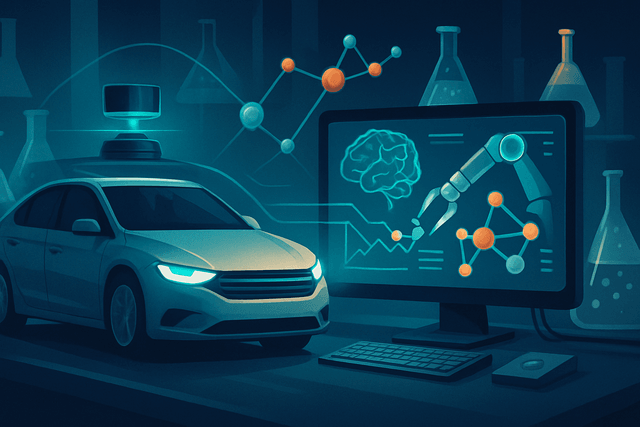A revolutionary approach to laboratory automation is transforming how scientists discover new materials. Researchers at North Carolina State University have developed a self-driving laboratory that collects at least 10 times more data than previous techniques, dramatically accelerating the pace of materials discovery.
The breakthrough, published in Nature Chemical Engineering, uses dynamic flow experiments where chemical mixtures continuously flow through the system while being monitored in real-time. This represents a significant departure from traditional steady-state methods that require waiting for reactions to complete before analysis.
"We've now created a self-driving lab that makes use of dynamic flow experiments, where chemical mixtures are continuously varied through the system and are monitored in real time," explains Milad Abolhasani, ALCOA Professor of Chemical and Biomolecular Engineering at NC State and corresponding author of the study. "It's like switching from a single snapshot to a full movie of the reaction as it happens."
The system never stops running or characterizing samples, capturing data every half-second rather than waiting for each experiment to finish. This continuous operation allows the lab's machine-learning algorithms to receive vastly more high-quality experimental data, making their predictions increasingly accurate and accelerating problem-solving capabilities.
Beyond speed, the innovation significantly reduces environmental impact. "By reducing the number of experiments needed, the system dramatically cuts down on chemical use and waste, advancing more sustainable research practices," Abolhasani notes. "The future of materials discovery is not just about how fast we can go, it's also about how responsibly we get there."
The implications for addressing global challenges are profound. Self-driving labs could enable scientists to discover breakthrough materials for clean energy, new electronics, or sustainable chemicals in days instead of years. In testing, the dynamic flow system identified optimal material candidates on the first attempt after training, demonstrating its efficiency.
This technology represents part of a broader movement toward autonomous science, where AI and robotics accelerate discovery by 10-100 times compared to traditional methods. As these systems continue to evolve, they promise to deliver faster solutions for society's most pressing challenges in energy, sustainability, and advanced materials development.

